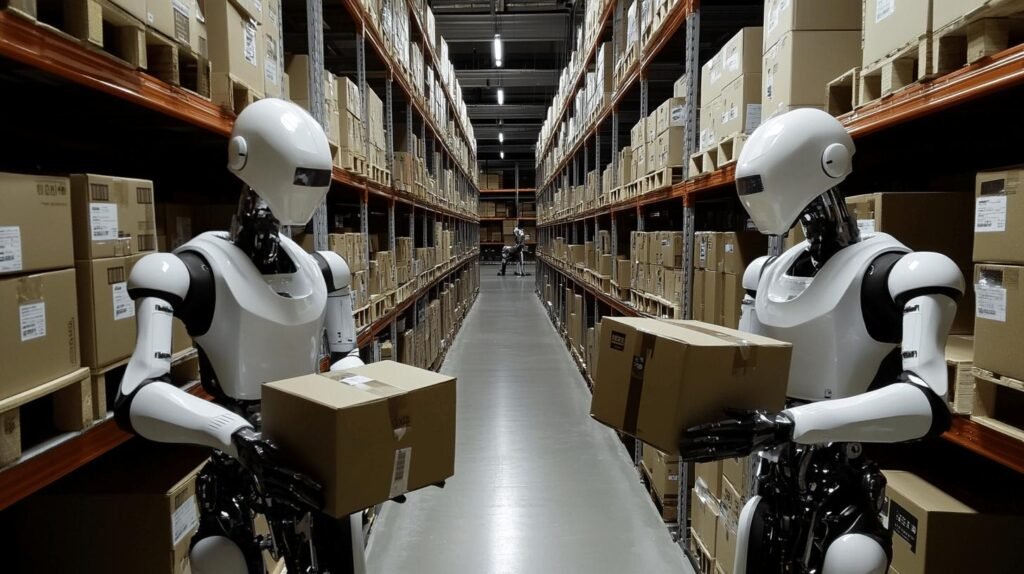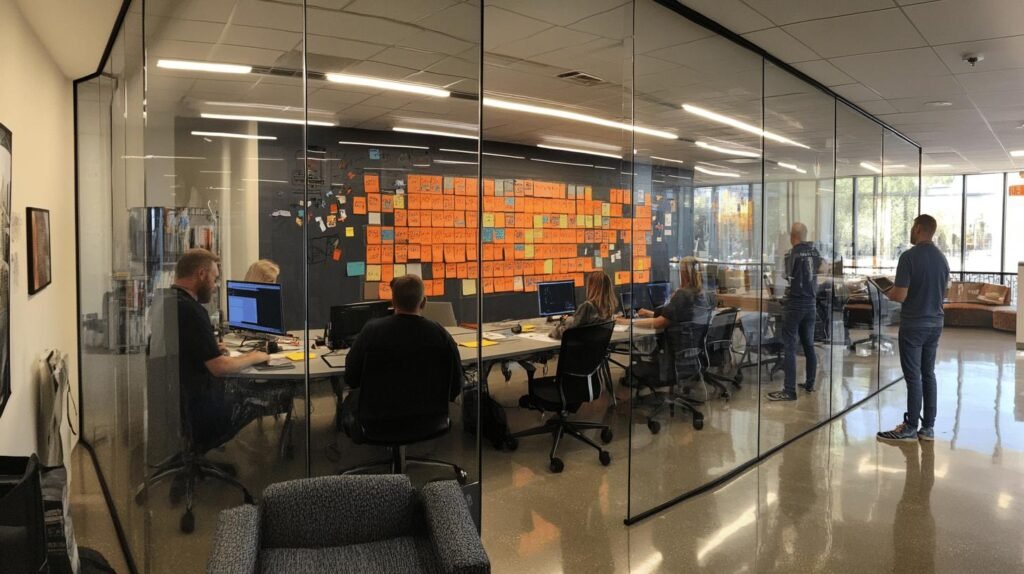Ever wondered if robots will guard your laptop someday? Well, maybe not robots, but AI is already shaking things up in the world of laptop security. Picture this: intelligent agents that act like Sherlock Holmes for your tech, sniffing out problems before they strike. Sounds like a sci-fi movie, right? AI is stepping up to protect our devices by spotting hidden threats and learning the bad guys’ new tricks. In this post, we’ll check out how AI is becoming the new superhero of cybersecurity, transforming the way we think about laptop safety. Ready to nerd out? Let’s go!
Advancements in AI-Driven Biometric Authentication
AI has seriously stepped up the game in biometric authentication for laptops. It’s making systems like facial recognition and voice recognition way more accurate and reliable. With AI’s ability to process tons of data, these systems can now distinguish between real users and potential threats with greater precision. Ever wonder how your laptop knows it’s you and not someone else? AI’s behind that magic, ensuring only you can get in.
- Facial Recognition
- Voice Recognition
- Fingerprint Scanning
- Behavioral Biometrics
The implications for user data protection are pretty significant. AI doesn’t just boost accuracy; it actively prevents unauthorized access. By learning from patterns and adapting to new threats, AI-powered biometric systems make it much tougher for anyone to break in. Think of it as having a super-smart guard at your digital door, always ready to keep intruders at bay. So, next time you effortlessly log in with a glance or a touch, remember that AI’s got your back, working tirelessly to keep your data safe and sound.
Addressing AI-Related Security Risks and Vulnerabilities
AI is a double-edged sword in the world of laptop security. On one hand, it enhances protection with its ability to quickly process data and detect threats. On the other hand, AI introduces its own set of challenges. The expansive attack surface created by AI can be a playground for cybercriminals. With so many attack vectors, there are more ways for hackers to breach systems. Plus, AI systems might not always make the right call, leading to false positives or negatives. This can mean flagging safe activities as threats or, worse, missing real dangers. Then, we have ethical concerns about how AI is used and the potential for malicious exploitation by those with ill intent.
- Expansive Attack Surface
- Attack Vectors
- Ethical Concerns
- False Positives/Negatives
- Malicious Exploitation
So, how do we handle these risks? It’s all about staying one step ahead. Regular vulnerability assessments are crucial. They help pinpoint weaknesses before they’re exploited. By implementing robust AI models that can learn and adapt, we can minimize errors. Transparency in AI processes also helps build trust and allows for better monitoring. It’s important to have human oversight to catch any AI errors and make judgment calls on ambiguous threats. This balance between AI efficiency and human intuition is key in managing cybersecurity risks.
Now, let’s think about data breach prevention. AI can be trained to recognize patterns that indicate a potential breach. Combine that with real-time monitoring, and you’ve got a strong defense. But remember, no system is foolproof. Regular updates and patches are vital to keep security measures up to date. Encourage collaboration among cybersecurity experts to share insights and strategies. This collective knowledge is our best defense against the evolving landscape of cyber threats.
Final Words
In exploring AI’s role in laptop security, we covered how it upgrades everything from malware detection to biometric authentication.
AI’s smart systems spot odd login attempts, learn swiftly, and even tackle security bugs before they cause trouble.
We peeked into the future where humans and AI join forces, offering a sneak peek at upcoming safety trends.
Though there’s some risk, AI remains crucial in protecting our devices.
The positive impact of AI on laptop security features is undeniable, promising enhanced safety for our digital world.
FAQ
Q: What are the disadvantages of AI in cybersecurity?
AI can introduce risks like false positives/negatives, ethical issues, and the possibility of malicious exploitation. It also expands the attack surface and creates new attack vectors.
Q: What is the impact of AI on cybersecurity jobs?
AI impacts jobs by automating routine tasks but also creates demand for skilled professionals to manage and develop AI systems. It requires humans to oversee AI-driven processes and respond to complex threats.
Q: How does AI affect computer security?
AI enhances computer security by detecting code vulnerabilities, irregular login patterns, and new malware types. It enables real-time monitoring and reduces false alarms, keeping systems safer.
Q: How has Generated AI affected security?
Generated AI helps identify anomalies, predict threats, and respond faster to incidents. It streamlines processes and offers insights to fortify defenses against cyber threats.
Q: How does AI pose a threat to security?
AI, while beneficial, poses threats such as being used to craft sophisticated attacks, creating stealthier viruses, and automating malicious activities, making it tough to manage cybersecurity risks.
Q: What is the role of AI in cybersecurity?
AI plays a crucial role by offering intelligent agents that make decisions, identifying vulnerabilities, and enhancing threat analysis. It significantly improves cybersecurity measures and mitigates risks.
Q: What advancements has AI made in biometric authentication?
AI has improved biometric systems like facial recognition, voice recognition, fingerprint scanning, and behavioral biometrics. This increases accuracy and prevents unauthorized access to sensitive data.



